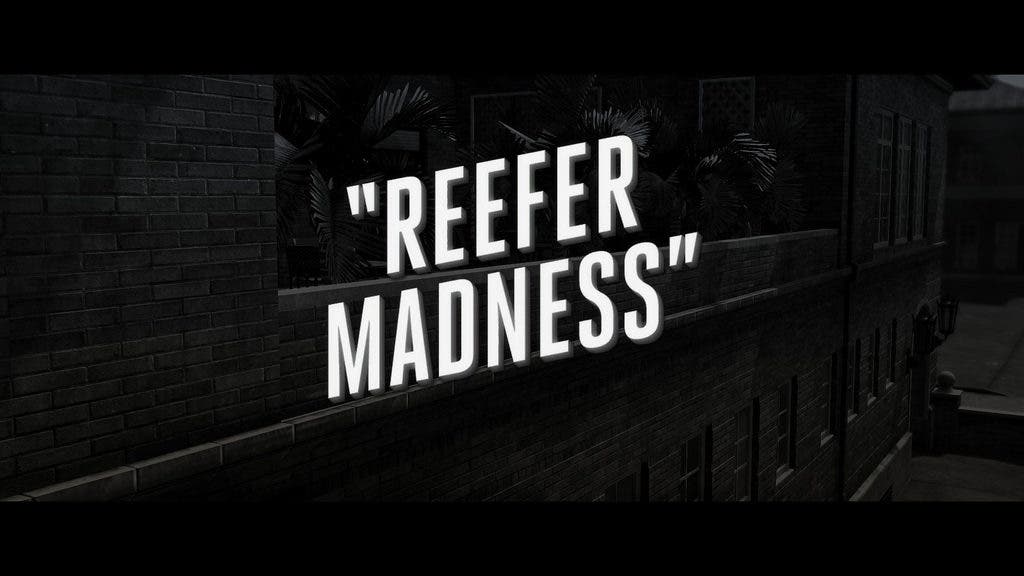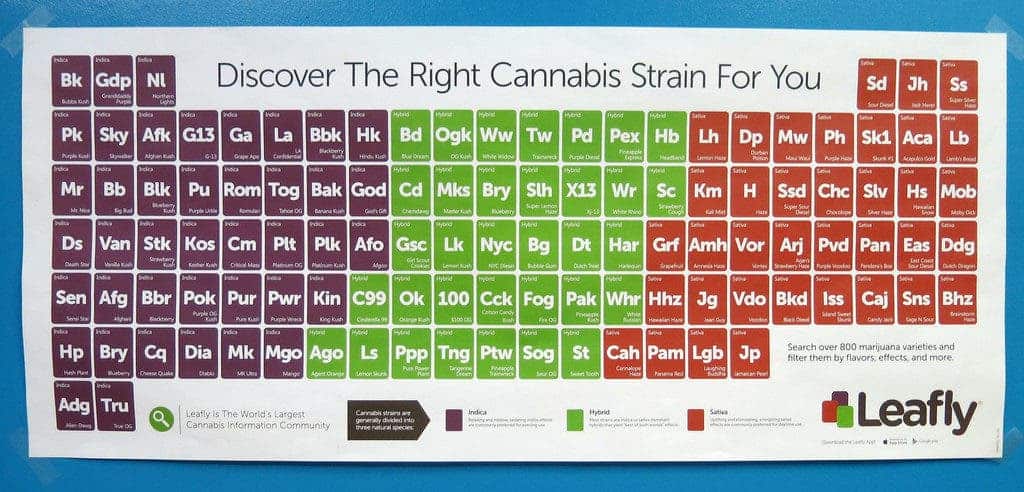
In the life sciences field, craving for knowledge and passionate dreams of bettering the lives of those inflicted with disease fuel assiduous exploration. Research and discovery can even become profoundly spiritual when advancing scientific research. Viewed through the lens of a Judeo-Christian faith background, the process of drug discovery and development can become a unique way to participate in an ongoing creation story.
But new discoveries can prompt a more destructive impulse, too. An almost obsessive desire to keep knowledge from others, or to blind them with junk “science,” is too common among those who wish to twist public agendas. In 1937, for example, a paucity of knowledge about the cannabis plant led to oversimplifications at best, and at worst, outright falsehoods. Unfortunately, misinformation and deceit remain rampant in the cannabis industry, as we know it, today – despite significant changes in state regulatory frameworks and federal enforcement priorities related to cannabis, that open access to cannabis-derived therapeutics.
Ignorance fuelled cannabis prohibition 80 years ago, when President Roosevelt signed the “Marihuana Tax Act”, instituting a prohibitive federal tax on cannabis-related activities and leading, essentially, to the criminalization of activities related to possession, production, and sale of cannabis. It came on the heels of the 1936 propaganda film Reefer Madness, which showcased alleged negative consequences of “marihuana” use by high school students — including manslaughter, suicide, attempted rape, and hallucinations. In testimony during legislative hearings on the Marihuana Tax Act, Federal Bureau of Narcotics Director Harry Anslinger famously testified: “This drug is entirely the monster Hyde, the harmful effect of which cannot be measured.”

Image via Hygienic Productions / Public Domain.
At the time, we might well have asked: to what “drug” was Anslinger referring? The cannabis plant itself? For, at the time, the structure of only one phytocannabinoid sourced from the cannabis plant had been elucidated: Cannabinol (CBN). The structures of more prominent compounds, such as Tetrahydrocannabinol, (THC, which ironically, is more highly psychoactive than CBN) and Cannabidiol (CBD), would not be elucidated until 25 years later. Was CBN deserving of the “monster Hyde” moniker used by Anslinger?
Given what we now know about the important role played by novel, whole plant medicine for patients who do not respond well to other pharmaceutical therapies, the answer is “no.” Plants bred to unlock the symphonic, therapeutic value of rare non-psychotropic cannabinoids, sesquiterpenes and monoterpenes, reflect dreams coming true for patients, and are nothing like the apocryphal nightmare Anslinger evoked.
In the 1930s, without the reliable analysis of cannabinoid and terpenoid profiles made possible today by mass spectrometry, the prohibitionist agenda was fueled by speculation and ignorance. This lack of knowledge paved the way for “Marihuana” [sic] to be specifically included in a list of identified “hallucinogenic substances” in the 1970 Controlled Substances Act. Considering what we know and are able to cultivate today, including, but not limited to, novel type II plants bred for targeted therapeutic value and reduced adverse effects, or Type III plants that are non-THC dominant, it is intellectually impossible to generically label “marihuana” [sic], which is defined as “all parts of the plant Cannabis sativa L.” as a drug, per se, or as a hallucinogenic substance.
If it should not be called a drug, what should it be called?
Cannabis is best described as a phytochemical factory with biosynthetic routes to produce metabolites with significant and varied pharmacologic impact on the human endocannabinoid system (ECS). Many targets have been explored in recent years for modulation of ECS activity to address significant unmet therapeutic needs. The polypharmacological approaches made available for the diverse phytochemicals that can be found in cannabis dovetail nicely with the remarkably broad statement by NIH researchers that modulating endocannabinoid system activity “may have therapeutic potential in almost all diseases affecting humans.”
There are dramatic differences, however, between different types of cannabis “phytochemical factories.” These complex plants produce a wide range of distinct compounds: 540 chemical entities, of which more than 60 are cannabinoid compounds with diverse therapeutic properties and mechanisms of action – including some that counteract each other. For example: the varied pharmacologic properties of type I vs type III plants, type II plants with THC:CBD ratios of 1:2 vs 2:1, plants that are myrcene dominant vs beta caryophylene dominant, just to name a few, reject unequivocally, by their very existence, the notion that cannabis is a single, de facto drug.

Image credits torbakhopper / Flickr.
To give another example, the opium poppy plant (Papavar somniferum) has been used medicinally for over five millennia and produces different alkaloids with therapeutic uses, among them morphine and codeine. Mistakenly filling a prescription for one with the other would be a serious problem; they are not interchangeable. We don’t refer to the “medical opium poppy” when discussing treatments for pain – instead, we refer to the distinct compounds the plant produces. Cannabis is a phytochemical factory, not a drug, and without this framework, the ignorance of 1937 will continue, to the detriment of both patients and physicians.
We have learned a tremendous amount in the last two decades about the receptors and ligands that comprise the ECS and the role played by our bodies’ endogenous cannabinoids in facilitating inter-cellular communication. This has spawned development of new synthetic and semi-synthetic cannabinoids that target specific ECS functions, as well as sophisticated breeding programs that have yielded new plants producing various novel combinations and concentrations of phytocannabinoids.
All of this means a new, less deceitful and more informative vocabulary must be used when discussing herbal cannabis and crafting laws and regulations governing its production, distribution and use. But who should bear responsibility for changing the paradigm and discourse around cannabis and medicine? All of us – through our different roles in research, publication, commercialization, legislation, prescription, cultivation and responsible consumption of cannabinoid-based medical treatments targeting the ECS. Knowledge that is widely dispersed and understood by all players in the marketplace, from lawmakers, to regulators, to physicians and consumers, is the only way to prevent misinformation.
For example, sativa and indica are words without objective meaning and should be shelved in favor of data generated from validated assays used to measure cannabinoid and terpenoid profiles. The sooner the marketplace understands that the chemical profiles of cannabis plants are not correlated with leaf size or other aspects of plant morphology, the sooner all will gain a better appreciation for how far the cannabis currently available to us has come and how great its potential is.
In addition, public safety concerns related to cannabis should not be ignored or rejected as attempts to advance a prohibitionist agenda. Rather, these concerns should be addressed directly in user education and regulation drafting, by applying knowledge from research laboratories, clinician offices, and study centers around the globe.
Recognizing the potential harms of chronic, high-THC cannabis use is a critical first step that must be followed by acknowledging evidence that adverse effects may be mitigated with product selection decisions. The Transform Drug Policy Foundation, a UK-based organization focused on ending drug prohibition, has long highlighted the importance of safer THC:CBD ratios in recommendations for regulations, yet, this information is hardly propagated in the US. And, information about seeking alternative terpene profiles to mitigate undesirable sedative effects of certain cannabis products – something daytime school-going, or working, cannabis users will surely appreciate – should not be confined to the pages of scientific journals.
In the case of cannabis phytochemical factories and cannabinoids in general, knowledge means protection. Periodic review of the latest published and peer-reviewed research is the best, and perhaps only, way to avoid being duped by modern day reefer madness.


